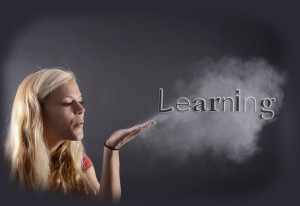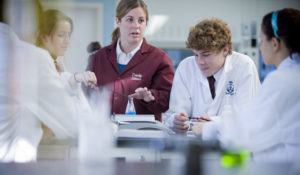Achieving the ambition: vital, difficult and do-able
A good deal has been learned over the last decade about how to do this well—and about how not to do it! We know from what schools tell us that the ambition is achievable. As well as stories of success we have gathered cautionary tales, because the latter can be helpful and instructive. And a great deal more remains to be discovered. BLP is a journey of exploration, not a neat glossy package. It is a set of practical ideas, frameworks, and resources generated by schools and teachers willing to take these aims seriously and try them out.
A journey of exploration
BLP is definitely not for those who want a quick fix. It demands of schools exactly the same kinds of resilience and resourcefulness that they are aiming to strengthen in their students. They have to be willing to keep going even though some teachers—and indeed some students—may not like it or ‘get it’ to begin with. There may well be rational scepticism, or even reflex cynicism, to be overcome. Is BLP, as someone put it, ‘just another bloody initiative’?

There are legitimate worries about whether the exam results might be put at risk, whether parents will appreciate what is going on, or whether the local authority or Ofsted (or similar regulators across the world) might disapprove. Leaders have to know their school communities well, in order to judge best how to challenge and reassure in the right measure: where they can push and take a few risks, and where they will have to be patient and prepare the ground more slowly. All of these issues, and many more, will be aired in the pages that follow.
Taking it up: doing it right
Some have ‘got the bug’
Whole-school experiences
 BLP is about culture change in schools. By a ‘culture’ we mean all the little habits and practices that implicitly convey ‘what we believe and value round here’. The fact that Art occupies a fraction of the time devoted to Maths, or the emphasis on ‘target grades’ in school reports, tell you more, we think, about the culture of a school than does its Vision Statement. The medium of a school is its most powerful message. And the most important messages are conveyed to students in classrooms. Classrooms are the places where, hour after hour, students experience the values and practices that are embodied in the school, rather than just the ones that are espoused. We have learned that you can’t make young people into powerful, proactive, independent learners by pinning up a few posters, or by delivering a stand-alone course on ‘learning to learn’ in Year 7. Unless you can actually see and hear the commitment to the development of students’ learning capacities in the middle of a routine Year 9 lesson on simultaneous equations, or a Year 4 project on the Vikings, we don’t think that the teachers have really ‘got BLP’ yet.
BLP is about culture change in schools. By a ‘culture’ we mean all the little habits and practices that implicitly convey ‘what we believe and value round here’. The fact that Art occupies a fraction of the time devoted to Maths, or the emphasis on ‘target grades’ in school reports, tell you more, we think, about the culture of a school than does its Vision Statement. The medium of a school is its most powerful message. And the most important messages are conveyed to students in classrooms. Classrooms are the places where, hour after hour, students experience the values and practices that are embodied in the school, rather than just the ones that are espoused. We have learned that you can’t make young people into powerful, proactive, independent learners by pinning up a few posters, or by delivering a stand-alone course on ‘learning to learn’ in Year 7. Unless you can actually see and hear the commitment to the development of students’ learning capacities in the middle of a routine Year 9 lesson on simultaneous equations, or a Year 4 project on the Vikings, we don’t think that the teachers have really ‘got BLP’ yet.
All-round mental work-outs
Involving everyone
Anyone can be a role model of learning

Comments are closed.